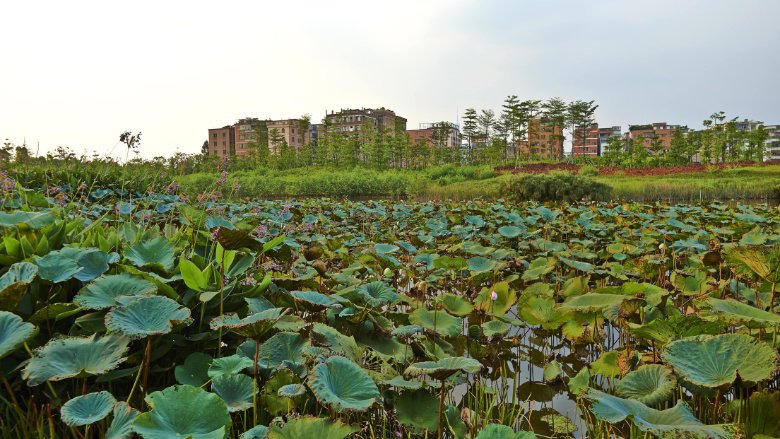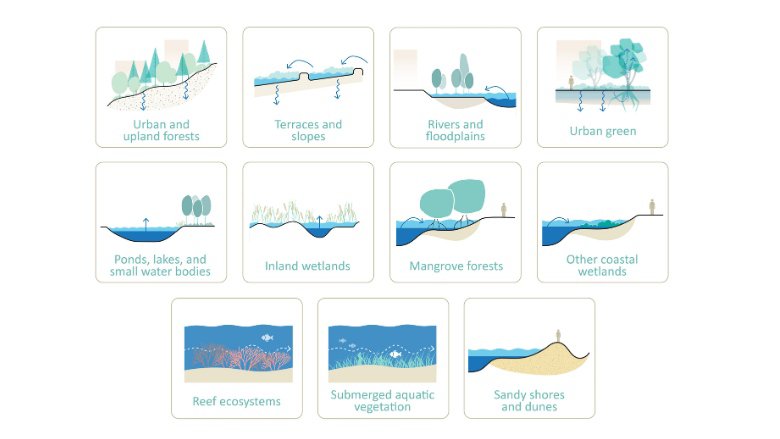Fishermen in Indonesia know it from experience: the country’s mangroves are not just stabilizing an eroding coastline and preventing coastal flooding; they are also important carbon sinks, supporting marine biodiversity and local fisheries. The erosion of coastlines and a sharp decline in annual income for fishing households -- 5 to 10 times the rate of mangrove loss-- are dire consequences when these coastal forests disappear. As climate change intensifies and ecosystems are degraded, countries like Indonesia are facing increasingly complex challenges such as extreme temperatures and flooding. Nature-based Solutions (NBS) for climate resilience, such as mangroves, urban green spaces, and inland wetlands, offer economical strategies to mitigate these risks, while also sustaining biodiversity and other important ecosystem services.
This report, Assessing the Benefits and Costs of Nature-Based Solutions for Climate Resilience: A Guideline for Project Developers, aims to promote the adoption NBS for climate resilience by providing actionable valuation approaches that can be applied at the project level to inform investments. For example, in Sri Lanka, the economic case was made for wetland conservation in Colombo city, showing that the benefits of flood management and recreation outweigh the opportunity cost of land development. In Indonesia, a national-level cost-benefit analysis revealed the economic viability of mangrove conservation and restoration and helped identify priority areas for a $400 million USD investment , offering coastal protection and ecosystem services supporting the livelihoods of local communities.



